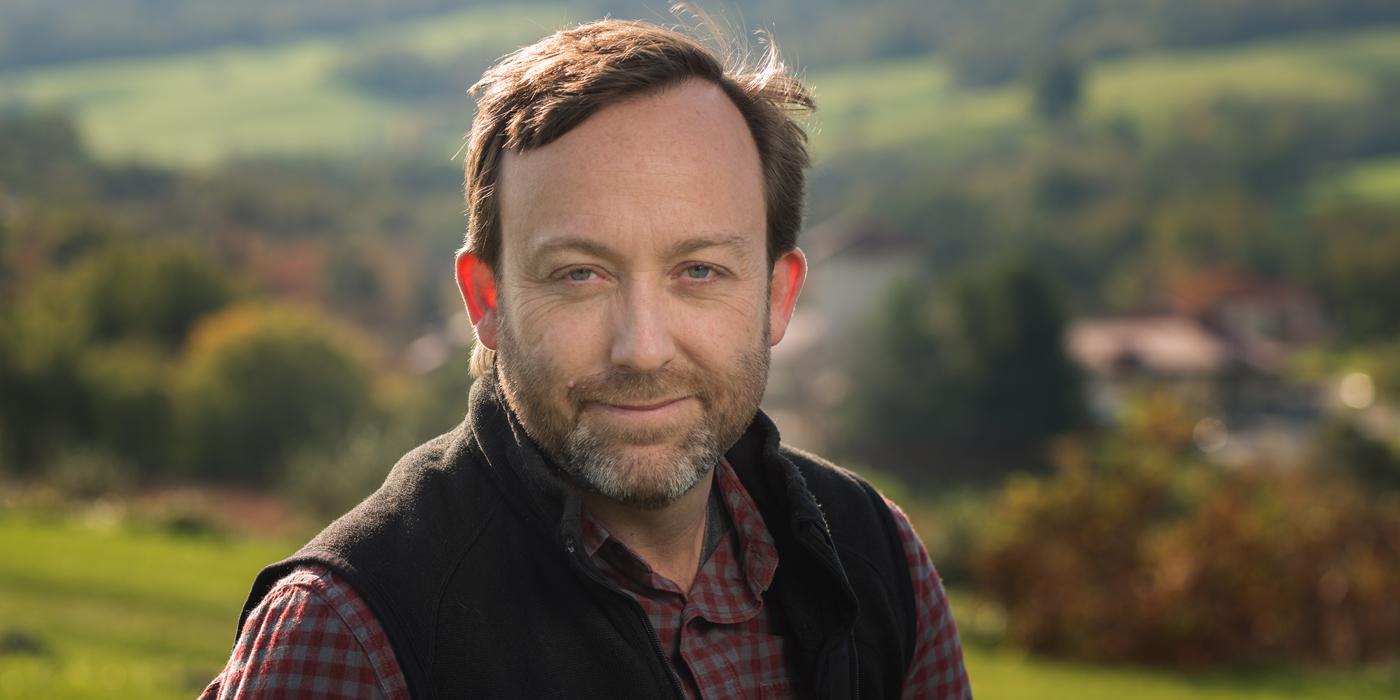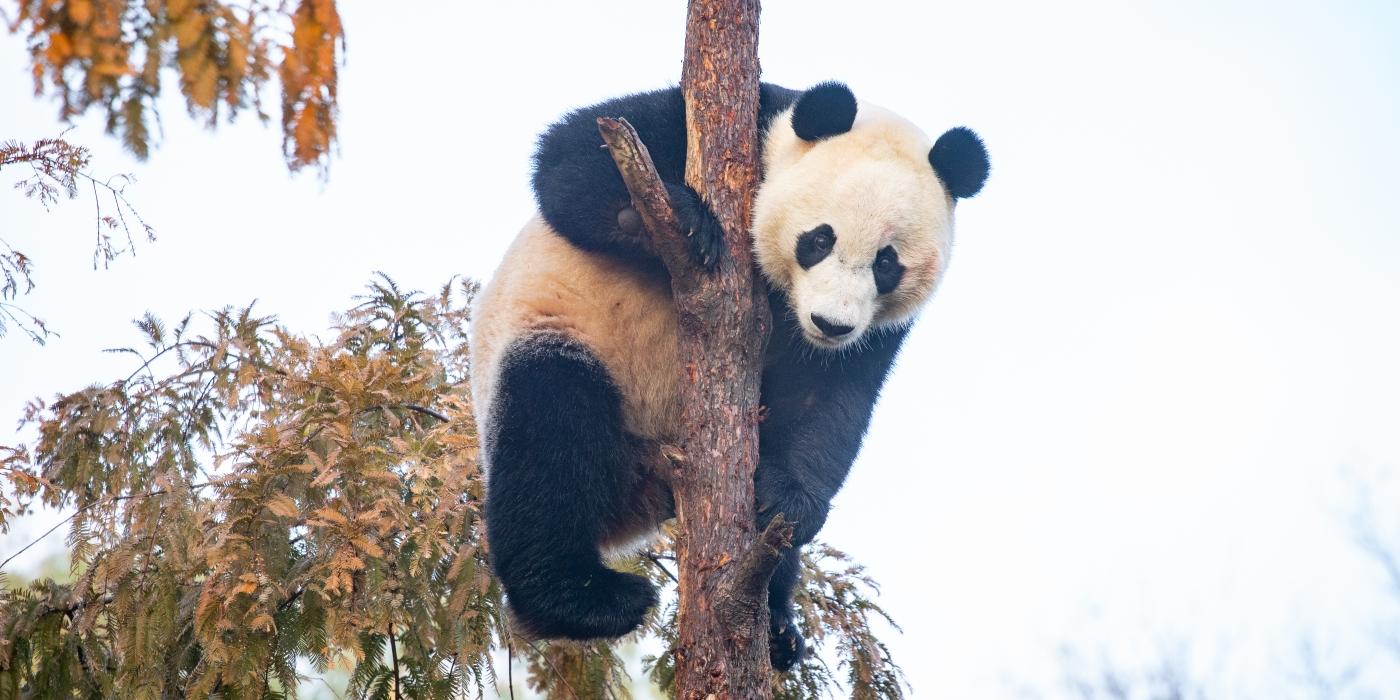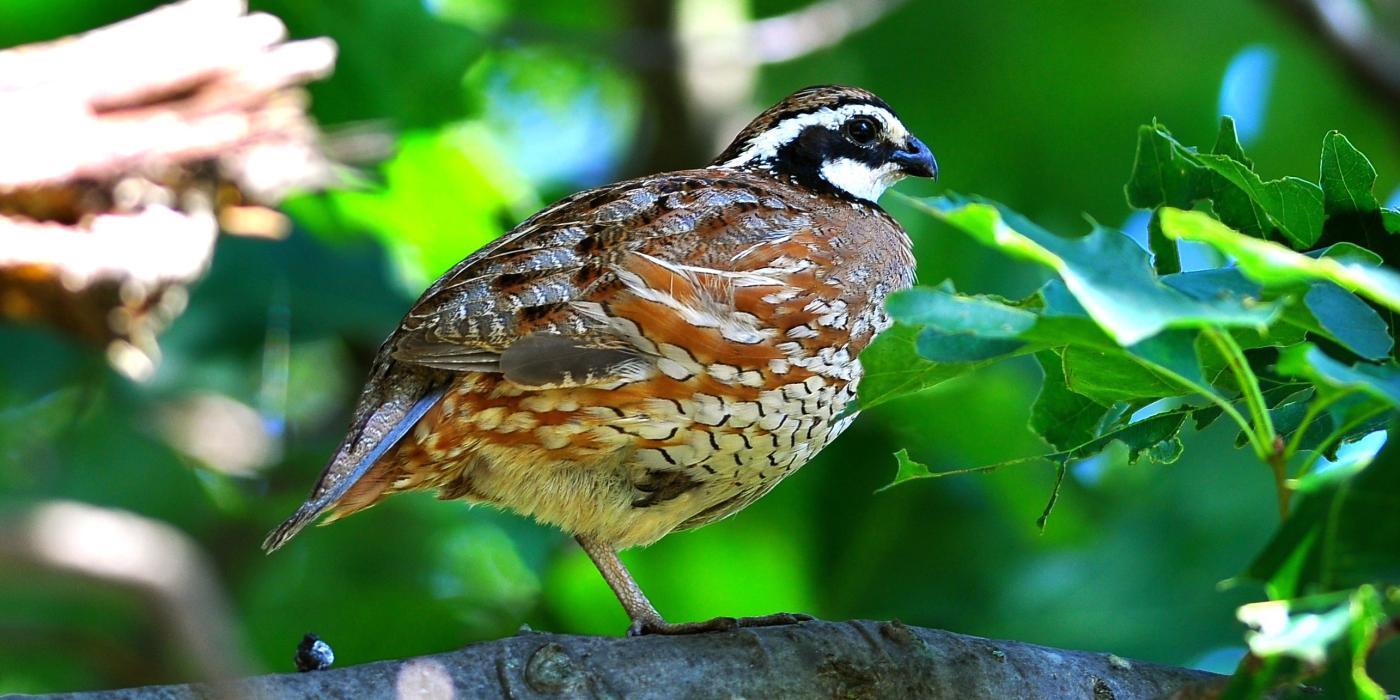Working Landscapes and Seascapes Secretary’s Scholar
Thanks to the generosity of an anonymous donor, the Smithsonian Conservation Biology Institute (SCBI) has created a new position: the Working Landscapes and Seascapes Scholar
In January, John and Adrienne Mars Director Steve Monfort appointed Tom Akre, former director of Virginia Working Landscapes (VWL), to the new position. At VWL, Akre led a team of staff and volunteers conducting research on private and public lands to identify how land management strategies impact biodiversity—specifically native birds, plants and pollinators.
The grassroots program has thrived under Akre’s leadership for the past three years. VWL staff have conducted studies at over 100 sites and trained more than 100 citizen scientists to help collect and analyze data, providing insight into Virginia’s complex ecology.
As Working Landscapes and Seascapes Scholar, Akre will apply what he learned during his tenure at VWL to diverse ecosystems around the world, with the goal of understanding human impact on the environment and what can be done to predict, understand and mitigate the conservation challenges of the twenty-first century.
In his new role, Akre will coordinate the efforts of research units across the Smithsonian to study and conserve the biodiversity and processes that support the delicate balance of healthy, productive ecosystems in human-dominated landscapes.
Akre has already launched the Changing Landscapes Initiative (CLI), which inputs data from programs like VWL and layers it with what we already know about a given landscape. The CLI team uses these compiled data in combination with computer modeling to predict how different scenarios—climate change, urban development or intensive agriculture—will impact the land long-term.
The information gleaned from this critical work will be used to inform policy decisions, from identifying and protecting areas for wildlife corridors to ensuring sustainable development practices. This tool has already been utilized in Massachusetts and can be applied on a much larger scale—and this is just one of the exciting projects that will fall under the Working Landscapes and Seascapes umbrella!
Akre earned his Ph.D. in environmental science and public policy from George Mason University. He completed his postdoctoral training at the Savannah River Ecology lab at the University of Georgia. Akre has published more than 30 peer-reviewed, popular articles and book chapters on amphibian and reptile ecology and conservation. He maintains long-term research on endangered turtle populations in two working landscapes in Virginia and Mexico.




